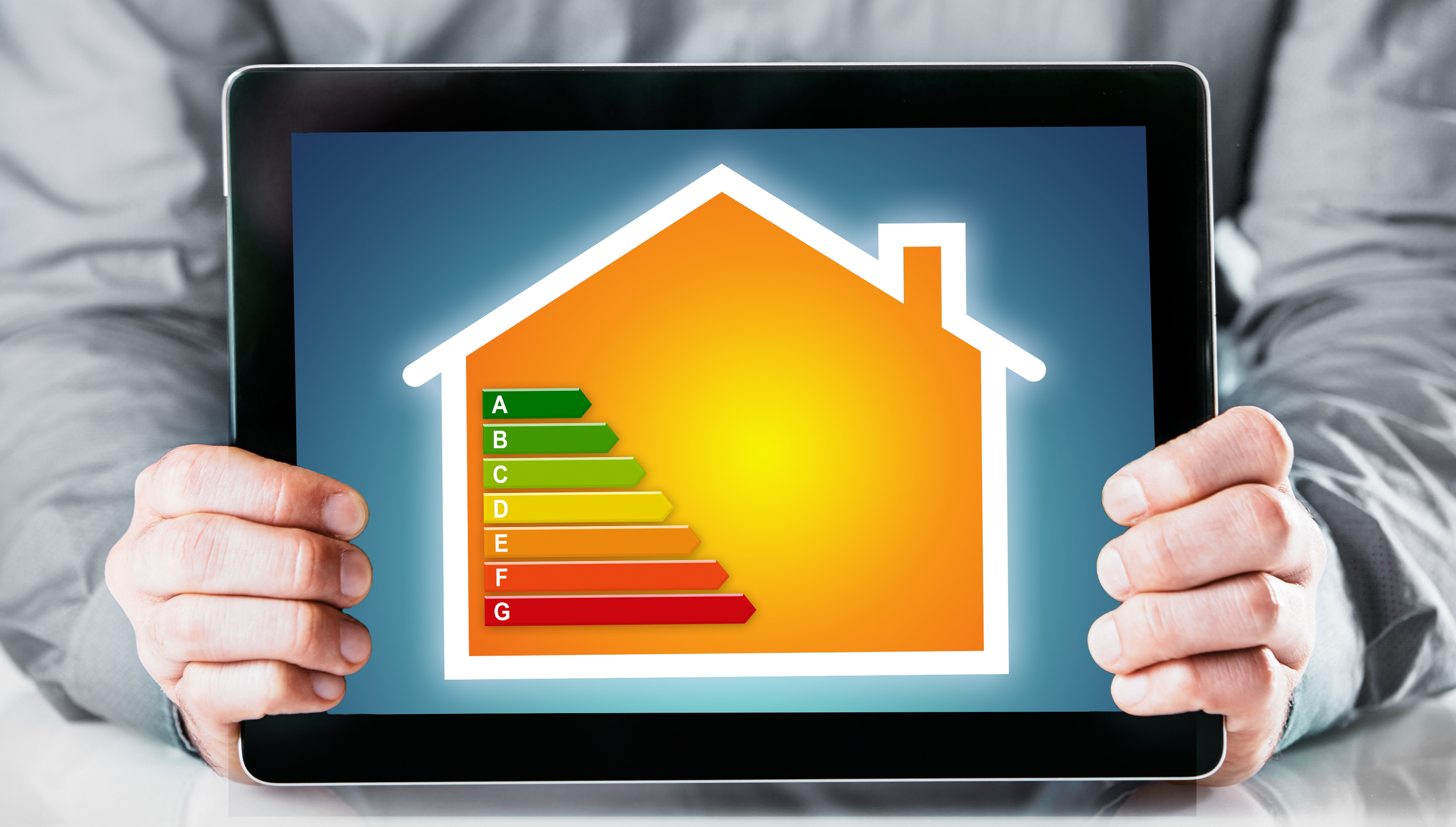[spb_text_block animation=”none” animation_delay=”0″ simplified_controls=”yes” custom_css_percentage=”no” padding_vertical=”0″ padding_horizontal=”0″ margin_vertical=”0″ custom_css=”margin-top: 0px;margin-bottom: 0px;” border_size=”0″ border_styling_global=”default” width=”1/1″ el_position=”first last”]
How would you identify a threat to your business? Many say it is the competition being increasingly digital and mobile. But it might also be that it’s you not being digital and mobile. The solution? Facing the challenge – it’s less harmful than you would think.
Adapting is a must
Being able to react faster to challenges is becoming the new norm for the energy industry – a clear sign of the finally ongoing digital transformation. And there are quite a few of the challenges you should react faster to:
- An increasing demand for energy: one study by the US Energy Administration Information projected that global energy consumption will show a 56% increase by 2040.
- The security of supply: Always high on the agenda of energy executives and country representatives, this is an issue that requires a constant lookout for new opportunities and cooperations among countries and market players.
- The responsiveness to consumer problems: according to Pike Research data, 57 million customers used social media to engage with their energy service providers in 2011, and this number is will possibly grow to 624 million by the end of 2017.
Technology-savvy companies can get ahead of the game for sure, but it is also clear that technology in itself will not steer any company in the safety zone. So the question is not whether to adopt technologies or not anymore: in what way you can do it to achieve the best possible results?
Hint: being faster essentially means being more efficient and productive, and this will mainly be due to an optimization of the processes – supported by technology, in and out of the office.
Mobilization for faster reactions
So the good news is that digitalization, and especially workflow mobilization, present new opportunities for energy companies to optimize their operations. What was once a slow and paper-intensive workflow can now be replaced with innovative technology for more efficiency.
A great example is the mobilization of field workers: mobile devices and business apps enable them to provide real-time data about meter stands and outages, or the whereabouts of the worker. The analysis of these datasets then help managers optimize workforce distribution and make decisions regarding business-critical processes.
Energy suppliers successfully manage to introduce digital tools to their maintenance workforce and consequently increase productive hours by 15-20%. Their tools typically include GPS and traffic information added to route planning and management and a diagnostic device helping them with the analysis and the solution of a problem.
Easy-to-use enterprise mobile applications allow for a dramatic increase in productivity, because, for example, the field workers don’t have to spend time with running around with papers. The more adopted a platform or a workflow is, the more visible the improvement in productivity.
To cite another example, a well-known regional energy service provider managed to re-assign 13% of the working hours of each employee to other tasks on a daily basis, resulting a significant improvement in its field operation’s productivity with better planning and management supported by enterprise mobile technology.
Electronic data exchange and instant reporting result in faster fixes, smarter distribution, and more satisfied customers. Ultimately, all these benefits clearly speaks business: an improved profitability of the company.
[/spb_text_block]




